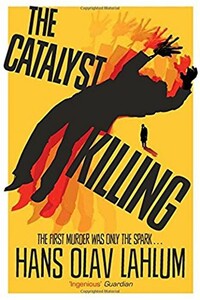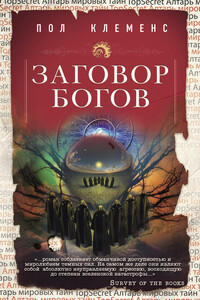Satellite People | страница 51
This did not sound entirely convincing. But neither did it sound unfeasible, I had to admit to myself. So in the end I made the snap decision to take the metal box, but not Synnøve Jensen, with me. I ordered her to stay at home until she came to the planned reading of the will at Schelderup Hall later that afternoon.
Synnøve Jensen looked up at me, obviously alarmed, but immediately cheered up when I said that I would be there in person so she would be safe.
On the way back into town, I felt pretty sure that Synnøve Jensen would keep her word and come to the reading of the will. Any attempt to flee would be as good as a confession, and it was not easy to imagine how she would escape. I felt far less certain, however, of the possibility that she might be the murderer.
IV
Back at the police station I first checked that the other envelopes contained the same two documents. I then sent both the metal box and the envelopes for fingerprinting, with instructions that it was a matter of urgency that this should be done before three o’clock.
There was nothing much of any importance in either the census rolls or the police records about the key players involved, with the exception of Magdalena Shelderup who, in 1945, had been sentenced to pay a fine of 1,000 kroner and spend two months in jail. There was a short record of the reason: ‘membership of Nasjonal Samling and financial dealings with the occupying forces’. Magdalon Schelderup had had a clean record. Of the remaining guests at Magdalon Schelderup’s last supper, there was only a slim file for the elder son, Fredrik. He had been fined twice in the 1960s for driving under the influence and had had his licence confiscated. The second time, he had been charged another hefty fine due to his ‘highly disrespectful’ treatment of the police. He had accepted a fixed penalty and, as far as I could see from the file, had since kept to the straight and narrow. I made a routine note that Fredrik Schelderup perhaps had more temperament than I had seen thus far.
Out of curiosity, I also checked the files of Magdalon Schelderup’s brother and dead parents. His brother had two minor convictions for attempted fraud in the interwar period, and at the time of his death in 1946 was being investigated for extensive cooperation with the enemy. His father and mother had reported the theft of some jewellery in 1915, but were themselves reported by the insurance company for attempted insurance fraud the year after. The case concerned the most precious piece of jewellery belonging to Magdalon Schelderup’s mother, a ‘magnificent red diamond on a gold chain’, according to the documents, which had been stolen in a burglary – something the thief, who had been arrested, had denied. The necklace was not to be found in the Schelderup home or anywhere else, however, and the case was eventually dropped.




